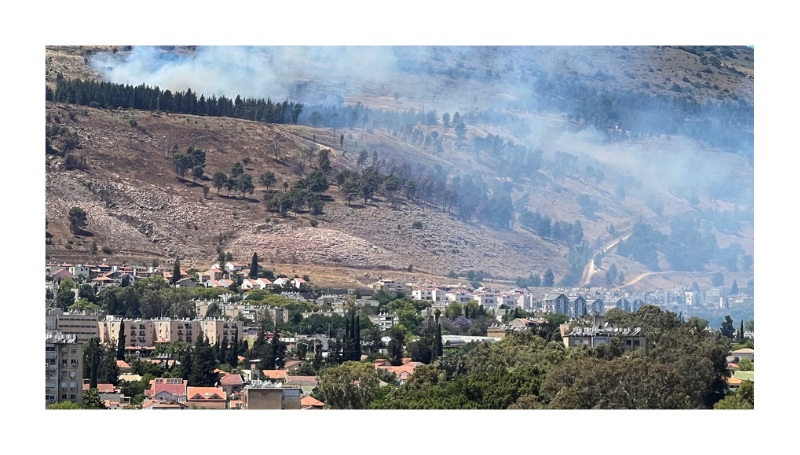Jonathan Spyer
The Spectator, Nov. 26, 2024
“Hezbollah’s grip was firmly reimposed as soon as the fighting ended. The huge program of rearmament that followed took place within this structure of control.”
Nothing is yet confirmed, but it appears that a ceasefire between Israel and Lebanese Hezbollah is imminent. The fighting, which began on 8 October last year, has claimed thousands of lives and left the Israel-Lebanon border area decimated on both sides. But there is anger that Israel is rushing into an agreement that will not keep those who live near to the Lebanese border safe.
Community leaders in Israel’s north have reacted with anger to the announcement of the proposed cessation in hostilities. They noted that while Hezbollah’s infrastructure along the border has been extensively damaged, the movement itself has not been destroyed. The proposed agreement also does not include a buffer zone. What this means, according to Eitan Ben Davidi, chairman of Moshav Margaliot farming community in the border area, is that residents of Israel’s north are set to ‘return to having Hezbollah as neighbours’.
On the other hand, supporters of Hezbollah also appear unenthusiastic about the emergent ceasefire. The Lebanese Shia Islamist movement entered the fight against Israel a day after the Hamas massacres that launched the current war. Their rationale was clear and simple: to maintain a ‘support front’, for as long as the fighting in Gaza continued.
As the now deceased Hezbollah leader Hassan Nasrallah expressed it in a broadcast at the time:
We say to the enemy’s government, to the enemy’s army and to the enemy’s society, the Lebanon front will not stop until the aggression on Gaza stops. The resistance in Lebanon will not stop standing by the people of Gaza. …SOURCE
Jonathan Spyer is a journalist and Middle East analyst. He is director of research at the Middle East Forum and the author of The Transforming Fire: The Rise of the Israel-Islamist Conflict.


